New assembly-line training room and program unveiled at Wittur Italy in Colorno.
by Carlo Ferrari
Wittur Italy in Colorno has started a project in cooperation with the Kaizen Institute of Bologna, Italy, aimed at better structured and more effective assembly-line operator training. The project was a training-within-industry workshop, a method born in the U.S. during World War II to improve production in companies by adding new people to production lines. The aim was to train them in the shortest time possible to do things they had never done before.
The focus of our project was to develop a standard initial training program for all new operators of Wittur Italy assembly lines. The program included general topics such as safety, but also hands-on sessions with a trainer to clarify processes and allow participants to practice required operations. Part of the project was also to train the first two Wittur trainers about the Kaizen philosophy — how to break up each working step, how to create a standard and how to teach it. Another part of the project was establishing an objective system to evaluate the effectiveness of each training session. Wittur started this project because it needs new employees who are attentive to quality and, moreover, trained and aware of safety rules and procedures.
The project was sponsored by Hervé Guesquières, Wittur Global industrial engineering director, and led by Laura Montanari, process industrialization and Lean manager, Wittur SpA, and Paolo Staibano, production manager, Wittur SpA.
As Montanari and Staibano explained in their presentation, the key to the effectiveness of the new training was the preliminary work on the creation of a documented standard procedure for each place on the assembly line. Each step, as well as the correct sequence of operations, was tested and validated before being formalized into procedure. This proved to be a formidable challenge: Operations to be performed for the Augusta Evo landing-door assembly line were divided into 104 basic activities for two assembly lines, and 38 were completely described, tested, challenged and validated under the coaching and supervision of Giancarlo Gavioli and Marco Vicentini from the Kaizen Institute.
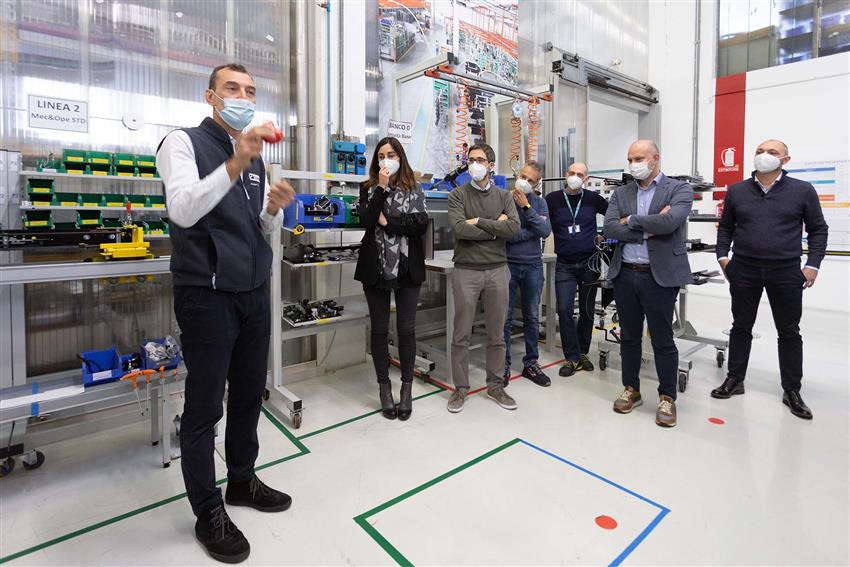
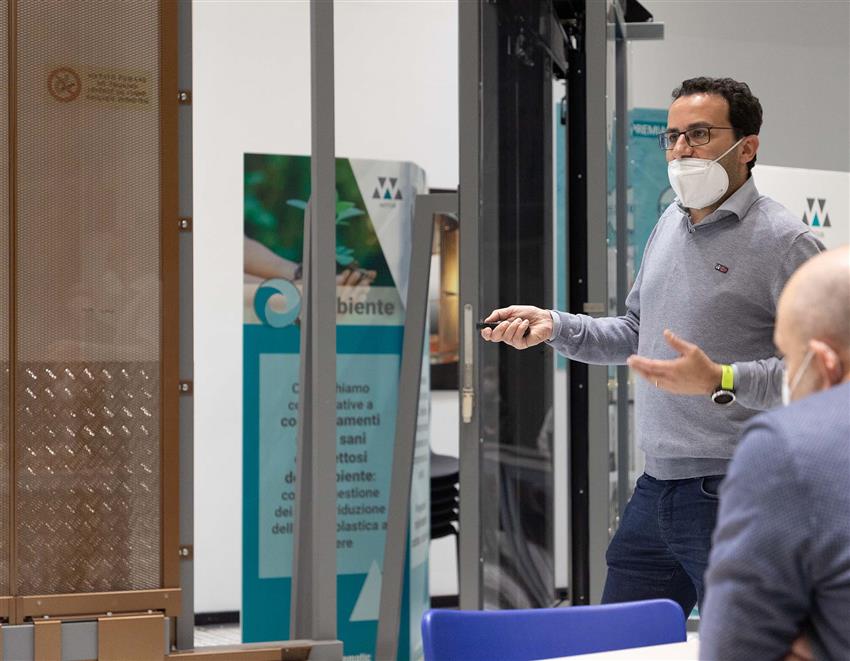
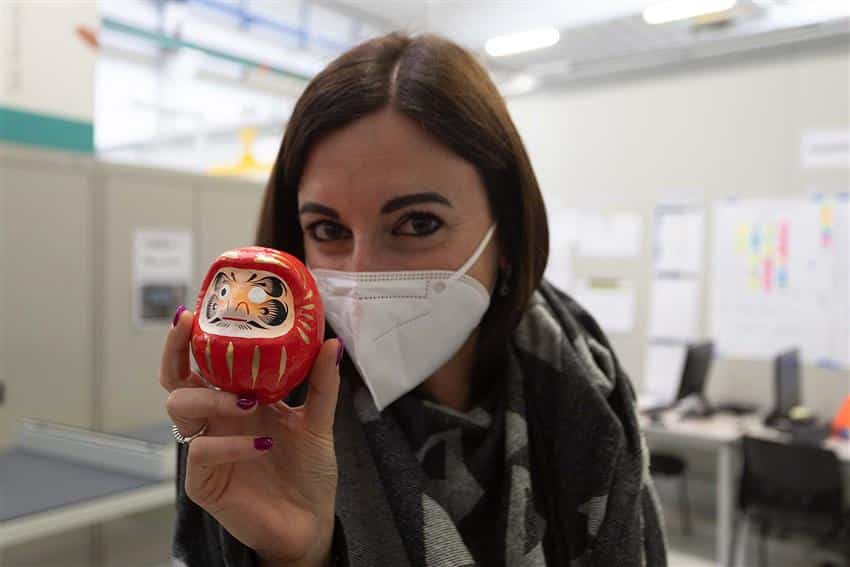
Moreover, a new training room was created at Wittur Colorno. In this area, all workplace assembly lines can be simulated with real working conditions and total safety. The newly created training room is also the place where complete documentation is kept, used, challenged and improved during training.
At the end of the first part of the project, two employees from Wittur Colorno — Lorenzo Biancaniello and Matteo Artoni — received trainer qualification diplomas. They are now qualified to perform initial training of operators of the Augusta Evo and standard mechanism and operators assembly lines.
Montanari pointed out that most of the focus of the project was on the new trainers. She explained:
“They needed to reason in a different way, change their mindset and create clear standards so that every person in Wittur can approach their work in the most optimized way. Starting out was the hardest moment, as we had to convince all other company functions about the usefulness of this project and, in some cases, overcome some skepticism.”
Staibano underlined the advantages of the approach. He said:
“It was hard work to prepare the training room. Besides that, our trainers needed to get under the skin of things and understand not only how each production step should be performed, but also why. This proved to be a clear advantage: We were able to improve a lot of processes, and our teaching skills were greatly enhanced. Sometimes, we had to challenge priorities to keep the project running. But, in the end, the results of the first initial trainings convinced our colleagues that we were on the right track. As one of the production supervisors told me, he was relieved of the training task, for which he normally has very little time. He got skilled persons on the line right from the start, with less need for coaching and supervision from his side.”
Biancaniello and Artoni, the new trainers, expressed their satisfaction. Coming from assembly lines with employees with very little training, they said they now feel professionally prepared to organize, understand and complete various tasks. Artoni said:
“Our colleagues were very doubtful at the beginning. Some of them would mock us and call us ‘professors.’ Then, when they saw the first results, they understood that our work is useful. Now they are keen to cooperate with us. They told me that they were able to work only in specific workplaces on the line, while we, as newly trained colleagues, were able to operate on more workplaces from the start.”
Biancaniello and Artoni said in one specific case, one of their first trainees was already working on the line for some weeks when they conducted a training with him on the new procedure. After the training, he told the trainers that having structured training was very helpful, as he became aware of the meaning of each operation and was able to perform much better on the line.
Gianluca Sangermano, head of Wittur Human Resources in Italy, pointed out that, with this project, “We transfer production competence from the brains of the persons working on the line to the training center [to be] able to spread the best practices and give people the right information to perform better.”
Alberto Carini, manager of Wittur and Hungary Cluster Operations, said he was very pleased with the activity. Carini described it as an important step toward achieving more consistent product quality and a safer work environment. He said he especially likes the program’s ability to supply each employee with training that is flexible and in line with their individual capabilities. The system allows people to perform in multiple workplaces on different production lines, he pointed out.
At the end of the unveiling ceremony, Montanari received a special token: a Daruma puppet, which, in Japanese culture, is a talisman of good luck at the start of a process of change. This puppet is initially blind, hence, its white eyes. After the change process is started and established, the key actors can draw on one of the pupils. The puppet will constantly look with one eye at the continuation of the project, and it will be a visible sign that further work is needed. Only when project targets are successfully met will the project leader be able to draw on the second pupil and complete the puppet. This will mean extending the training to other production lines, training more trainers and conducting more training for production-line employees. We look forward to this moment!
“Investing in people is the best investment that a company can make because people are the engine of continuous improvement,” they say at the Kaizen Institute. “Only by investing in people can you change for the better and do Kaizen every day.”
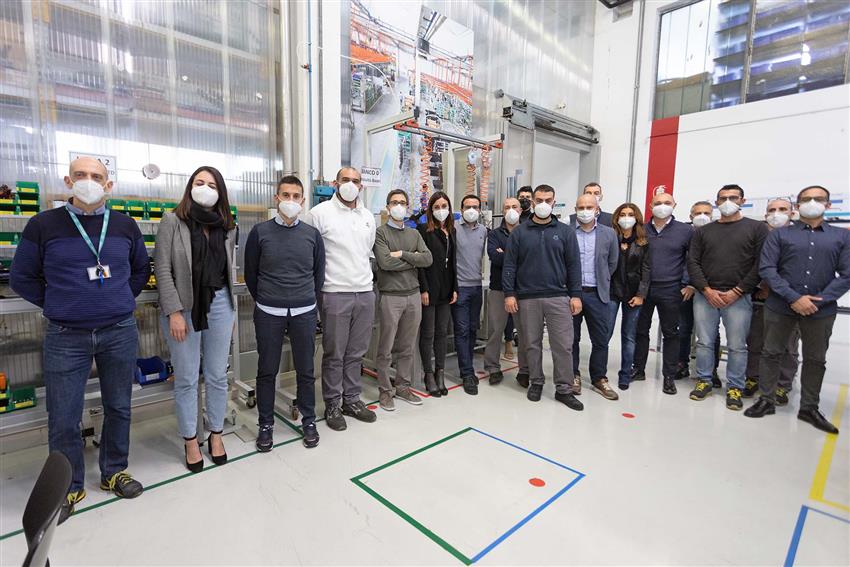
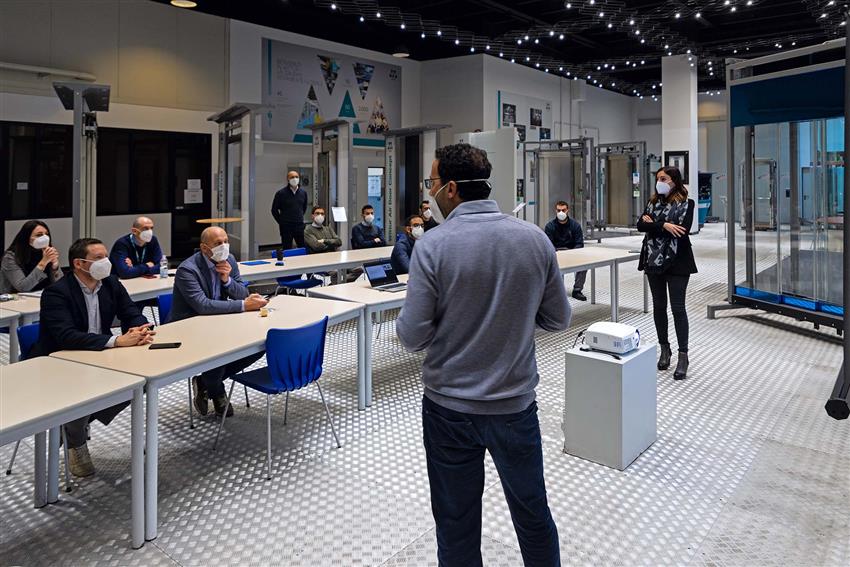
What is Kaizen?
According to Kaizen philosophy, the improvement of systems, programs and people is a continuous, ongoing process. Kaizen originated as a Japanese business approach. The word translates to the phrase, “change for the good,” in English. The philosophy involves employees at all levels of both manufacturing and service organizations creating a culture of ongoing refinement and optimization. — Purdue University
Get more of Elevator World. Sign up for our free e-newsletter.










